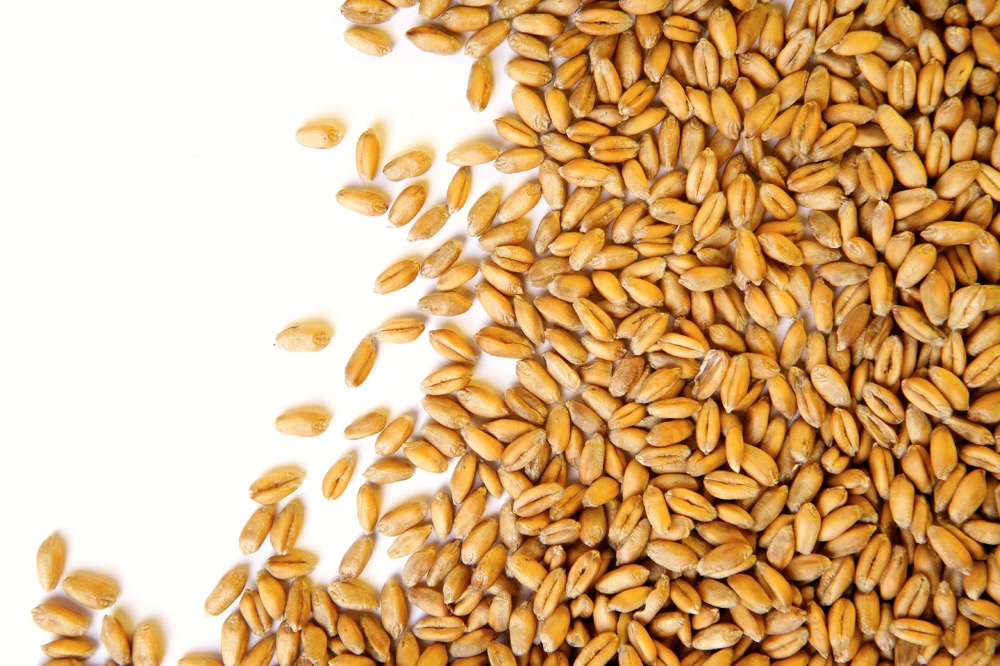CNS Canada — Lentil prices just keep moving up in Western Canada, with no end in sight to the rising market as end users work to book coverage.
However, the high prices may prove unsustainable, especially in the long run, as values are already expensive for international buyers and strong new-crop prices should lead to increased acres in 2016.
Red lentil bids as high as 53 cents per pound are being reported in some locations, while No. 2 large green lentils are now hitting prices as high as 60 cents, according to the latest Prairie Ag Hotwire data.
Read Also

IGC raises 2025/26 world wheat crop forecast
The International Grains Council has raised its forecast for 2025/26 global wheat production with crop outlooks upgraded for Russia, the United States and Argentina.
“The guys that are still holding on are lucky that they are still holding on and can cash in right now,” said Kent Anholt, assistant operations manager with Rayglen Commodities in Saskatoon.
Prices will eventually turn lower, he acknowledged, with the amount of unpriced lentils left to be sold “running into the tail end” — but when that turnaround comes remains to be seen, he said.
Production shortages in India have been the major factor driving pulse markets over the past few months, including Canadian lentils.
However, while the strength in lentil prices “is stemming from news out of India, it’s not India that’s paying these prices,” said Anholt. As an example, he said buyers in Egypt and Turkey could now buy lentils for cheaper from India than they can from Saskatchewan.
In addition to short supplies, Anholt said the weaker Canadian dollar was also contributing to the rising lentil bids.
Looking ahead to 2016, many pulse companies are already offering new-crop pricing for lentils, with both greens and reds seeing forward contracting opportunities in the 30-40 cents per pound range.
Such bids are typically not available until the New Year, and Anholt said the “extremely early and aggressive” new-crop pricing should see acres rise in 2016.
As a result, producers looking to grow lentils should consider some forward pricing, as a big Canadian crop and decent production elsewhere in the world will weigh on prices.
— Phil Franz-Warkentin writes for Commodity News Service Canada, a Winnipeg company specializing in grain and commodity market reporting. Follow CNS Canada at @CNSCanada on Twitter.













